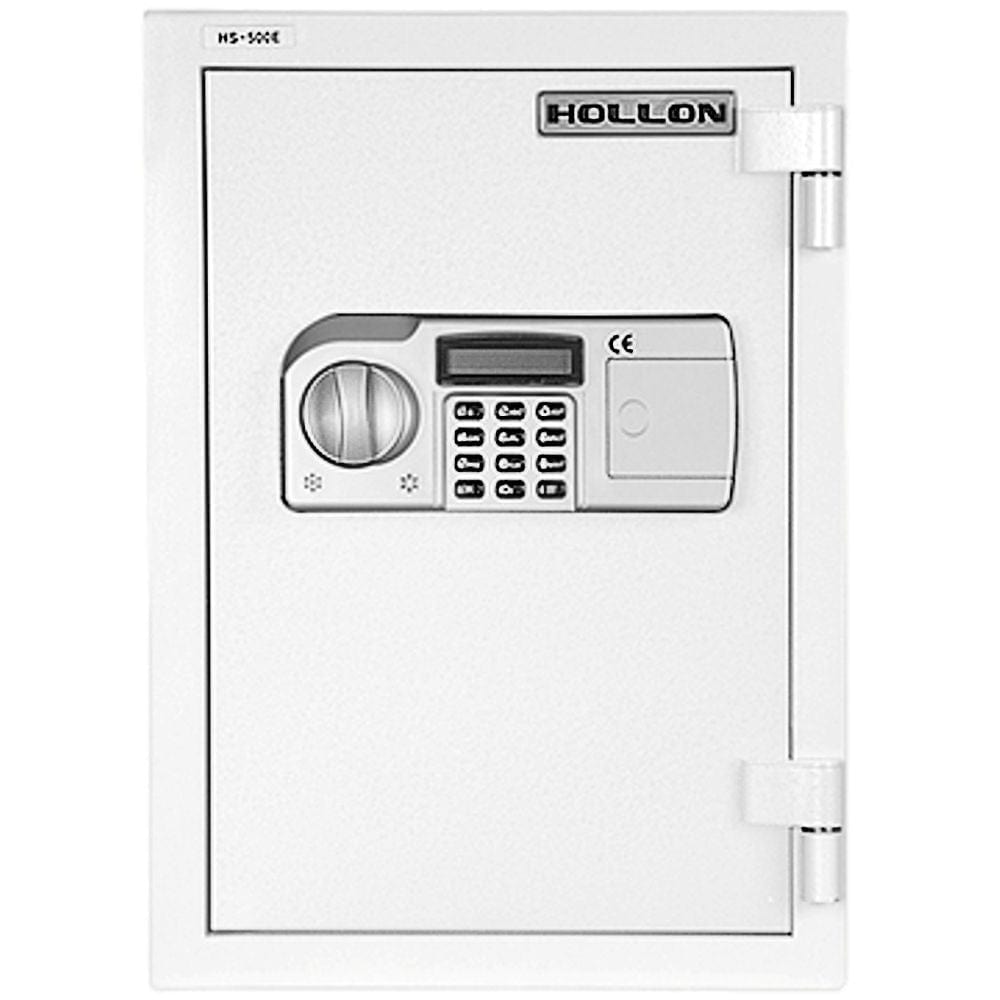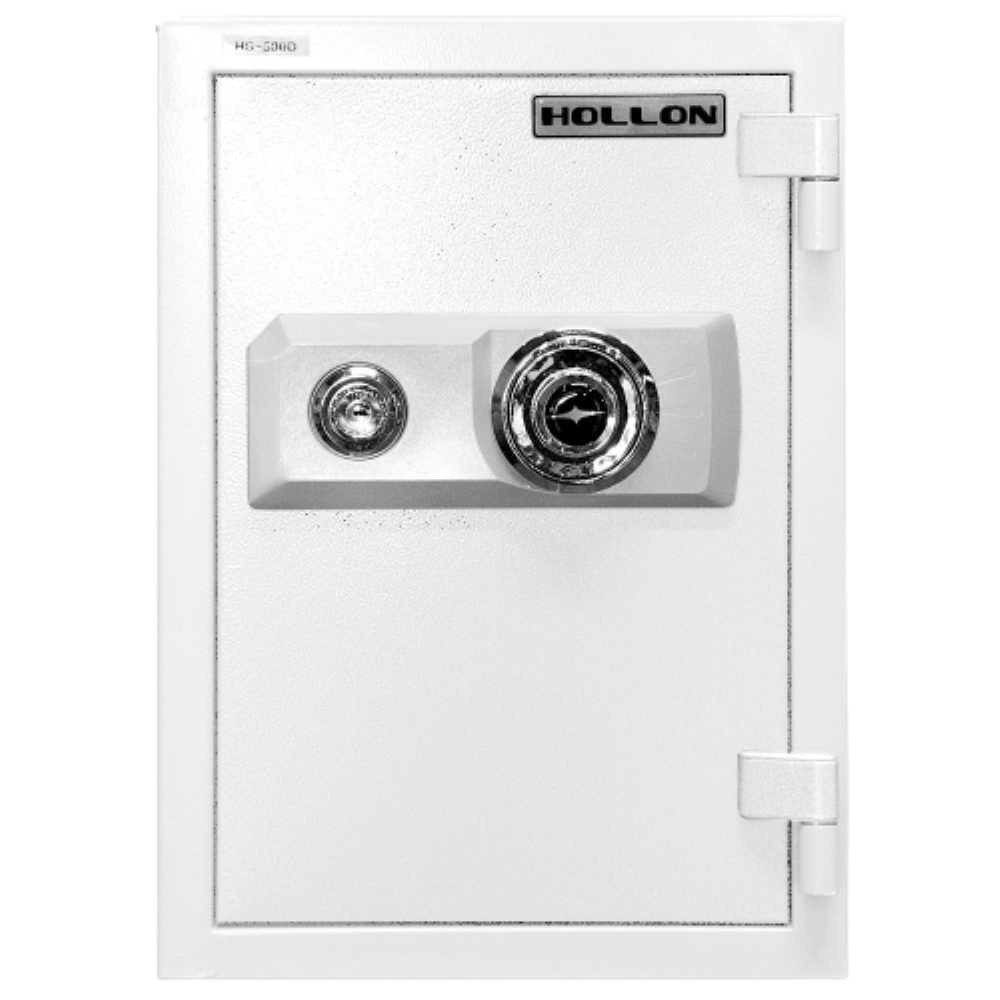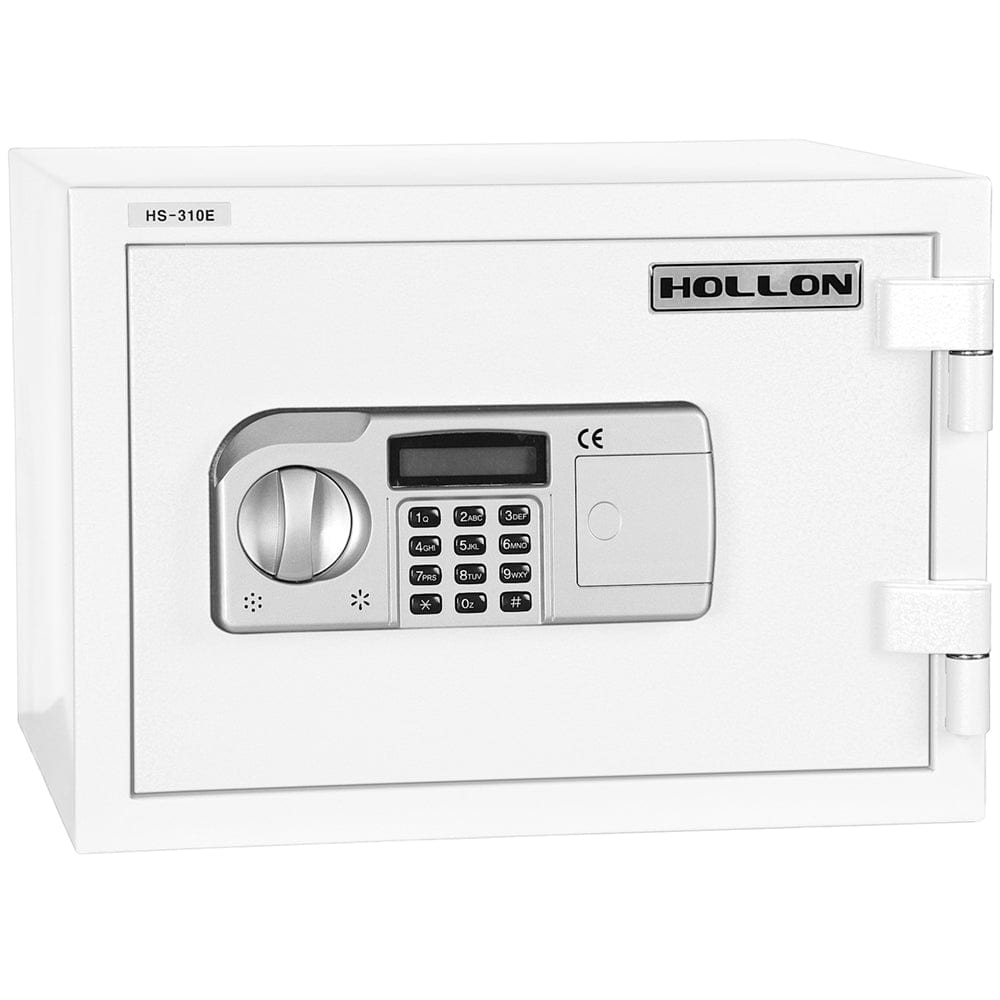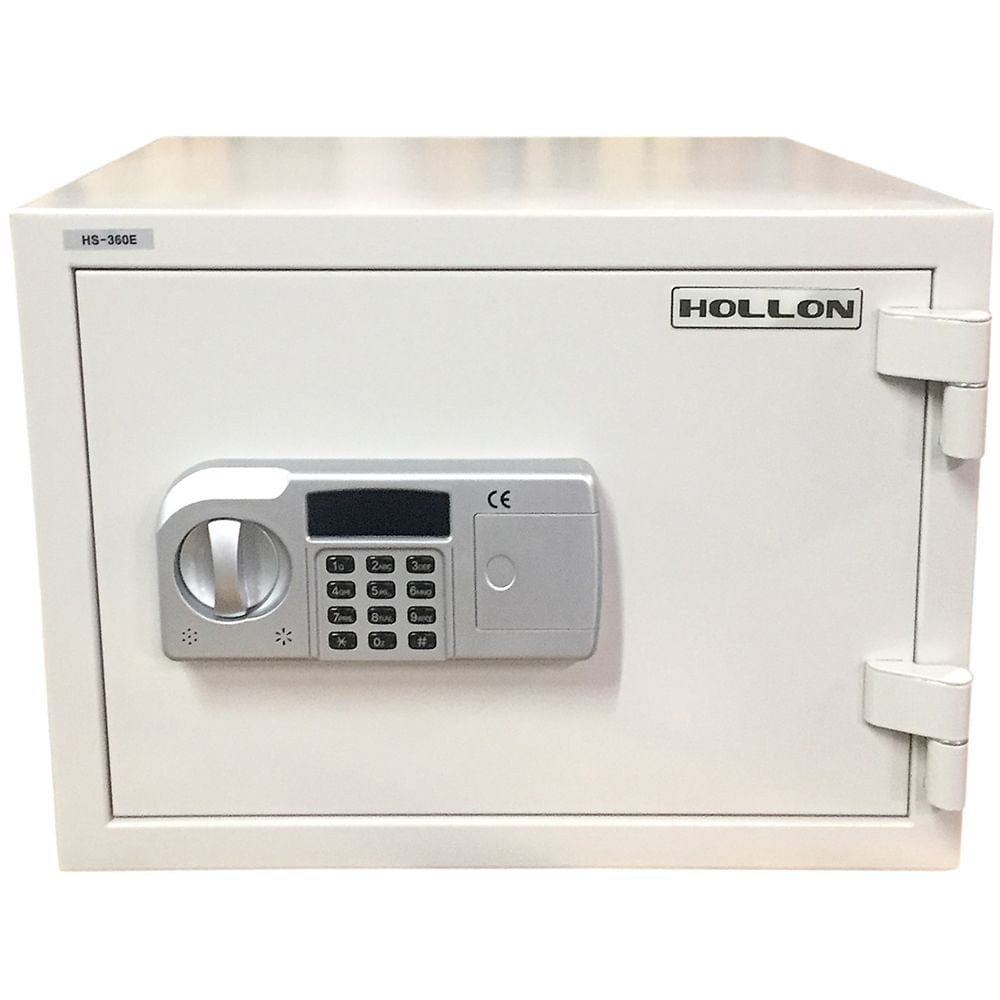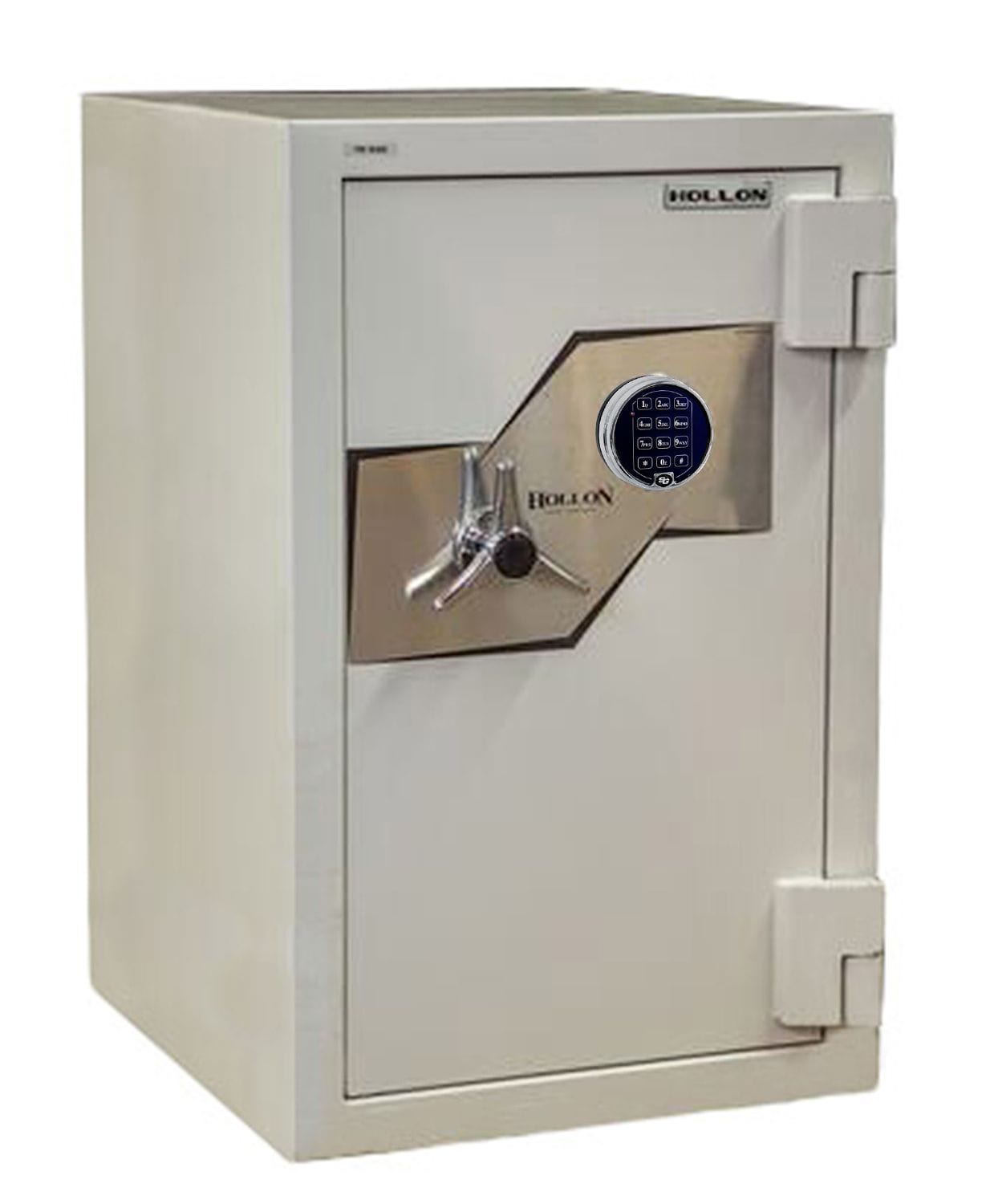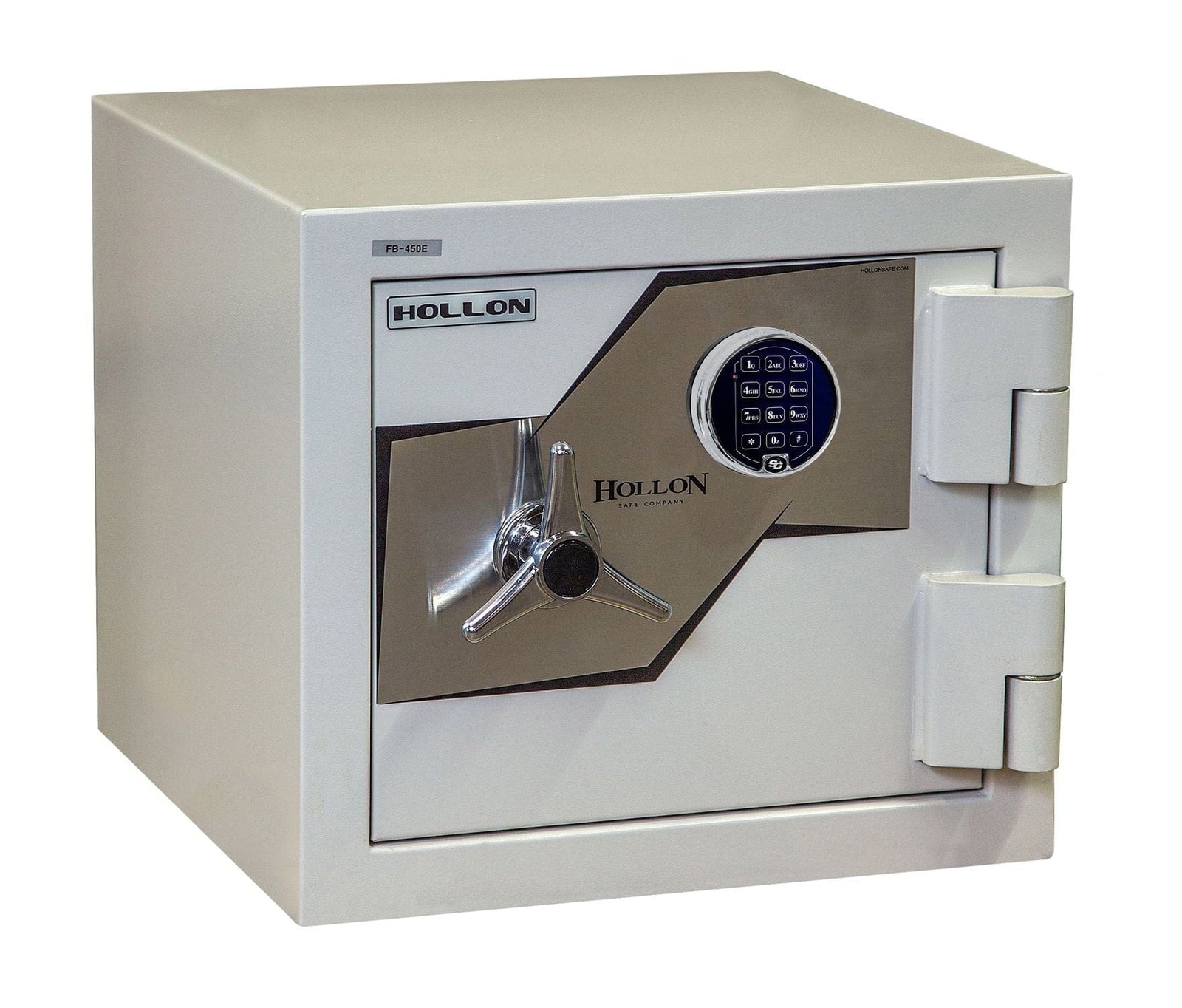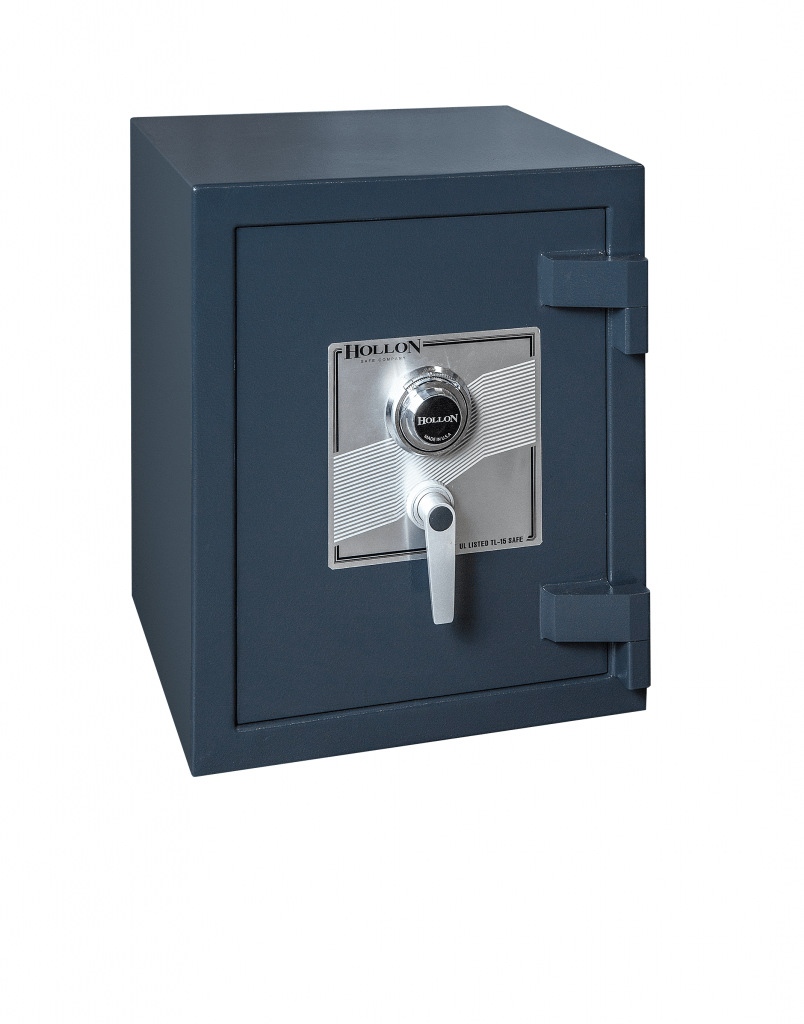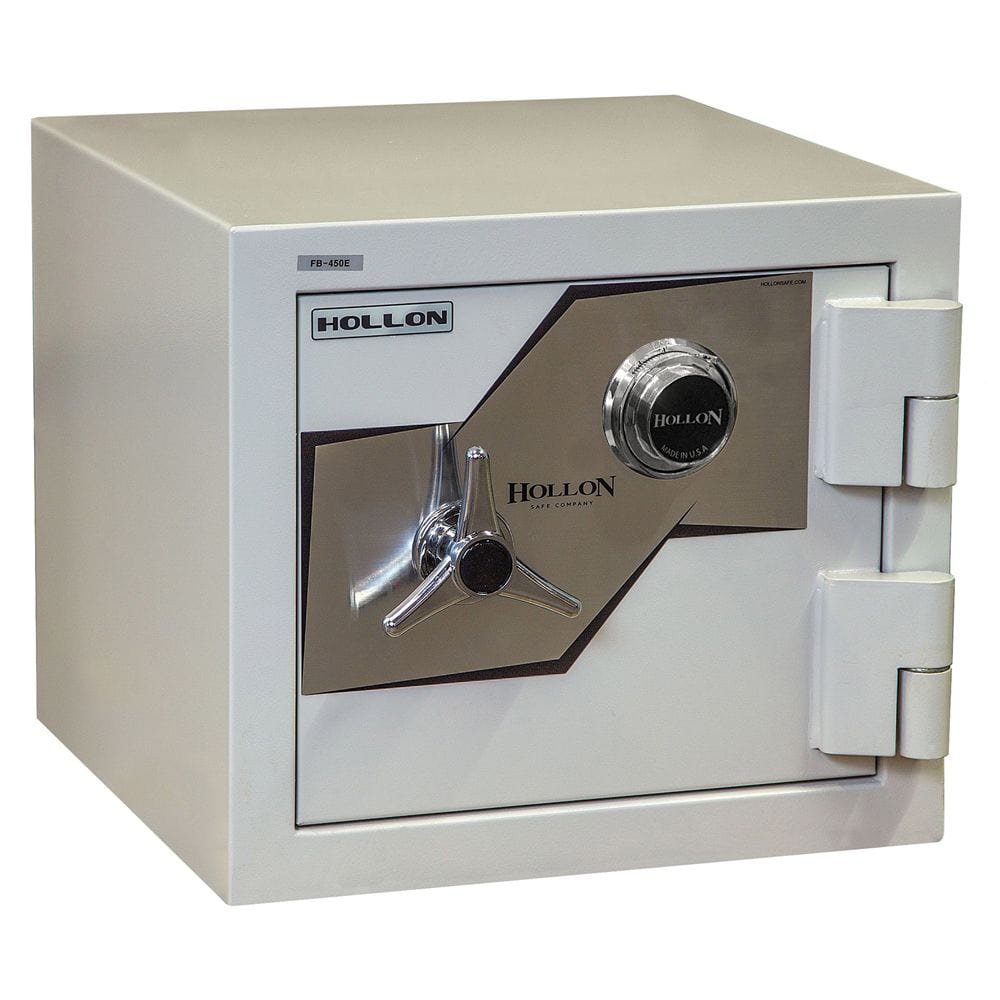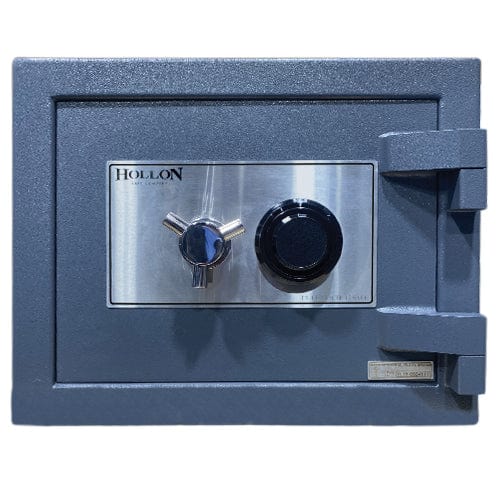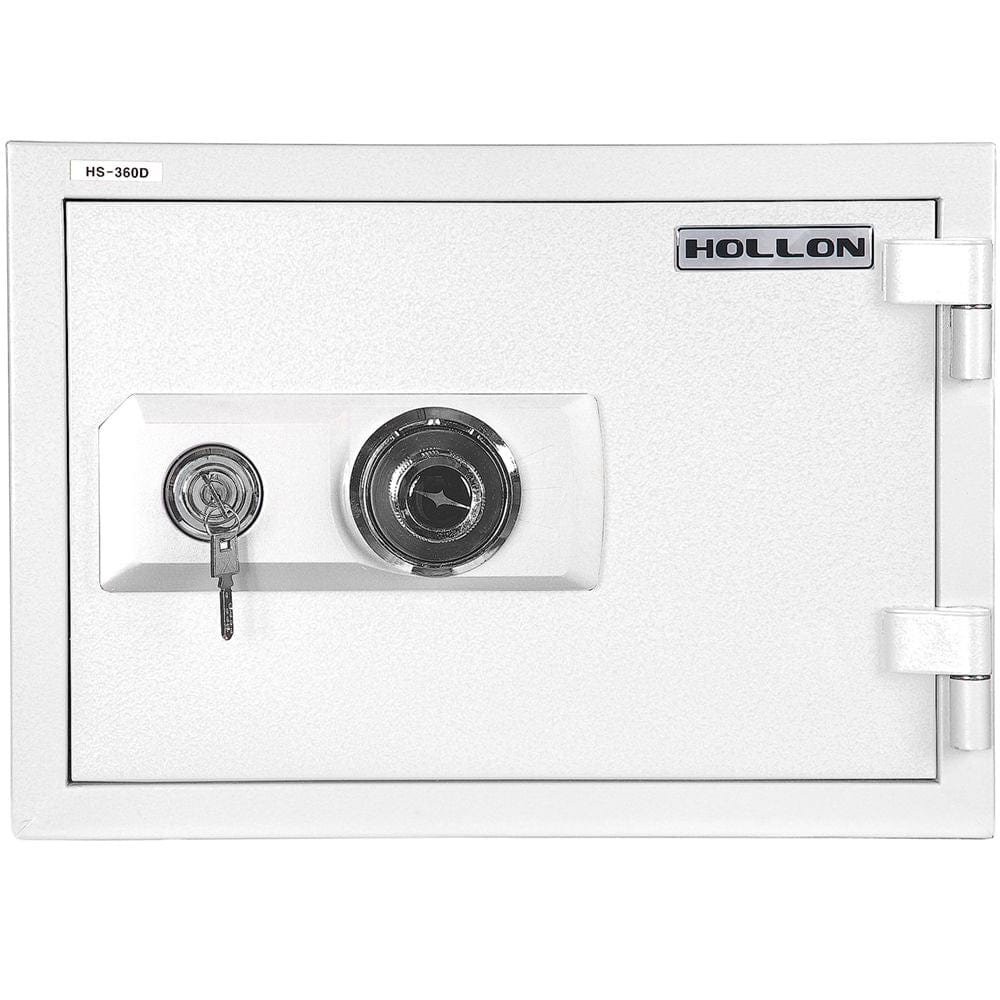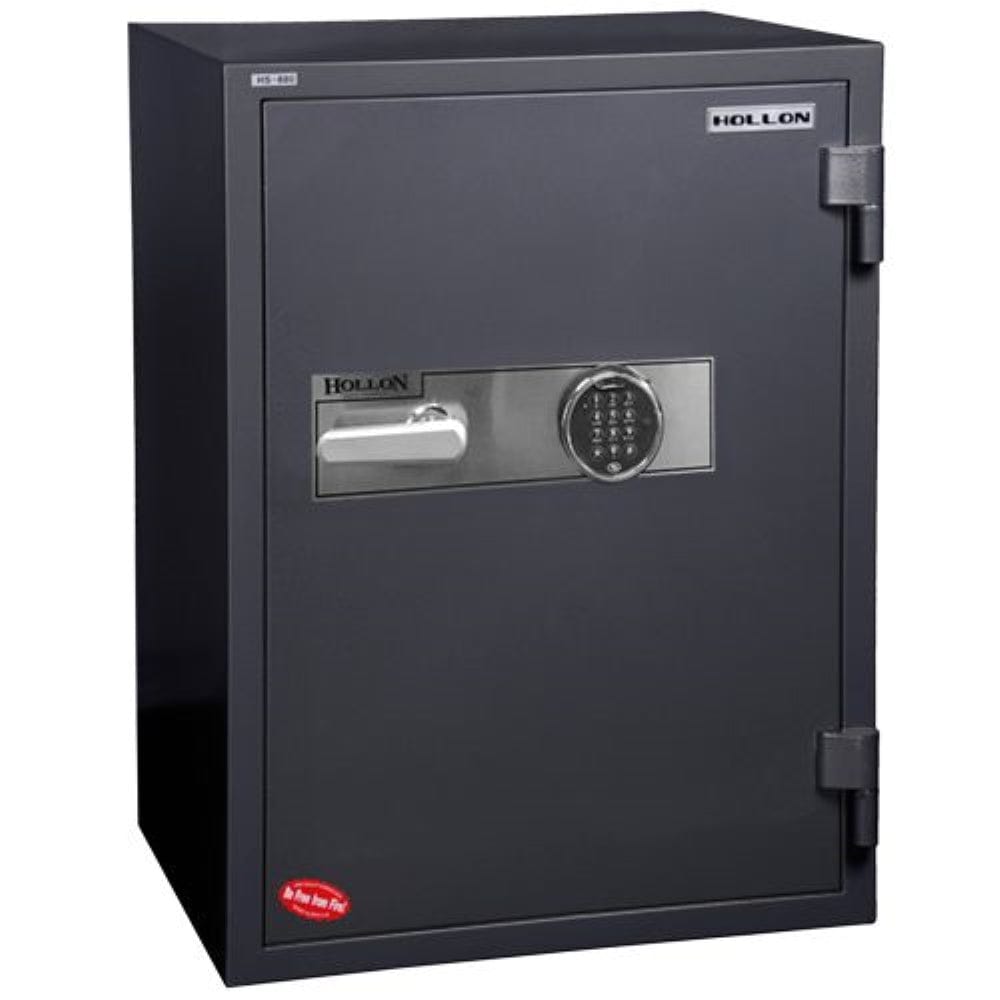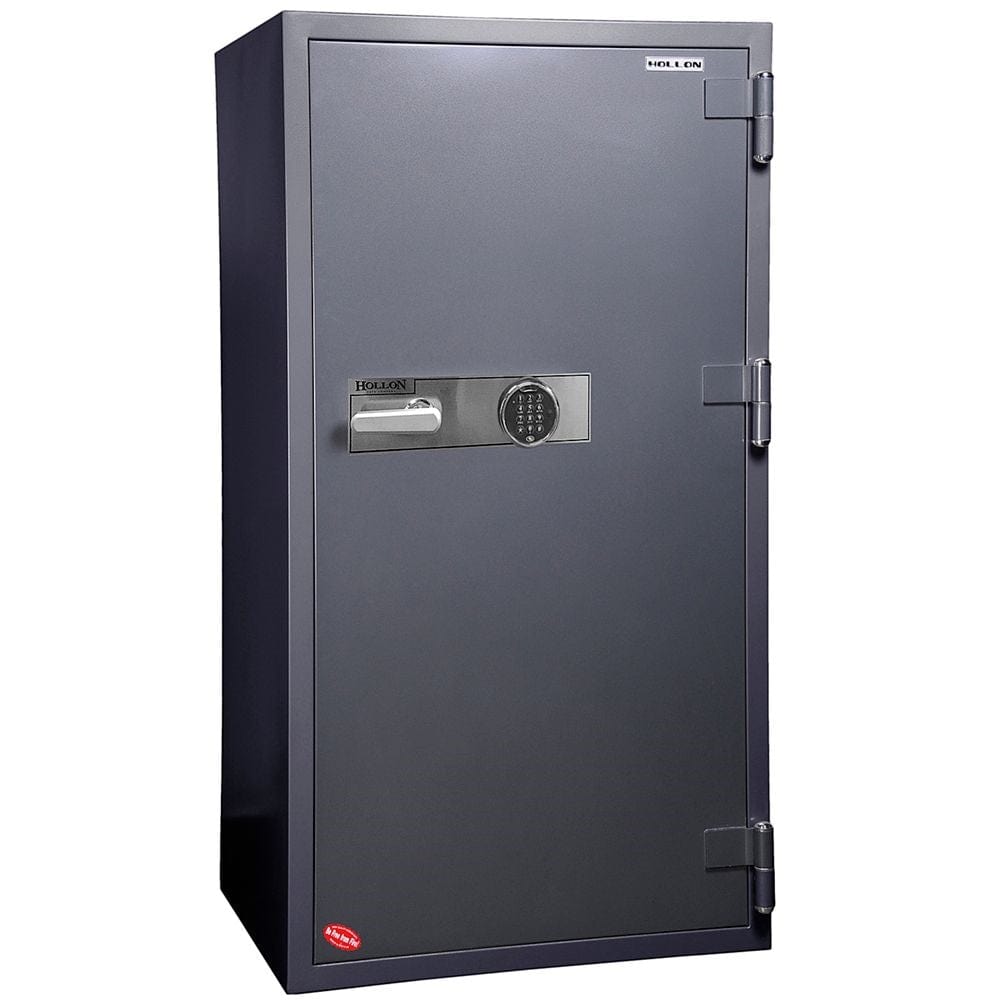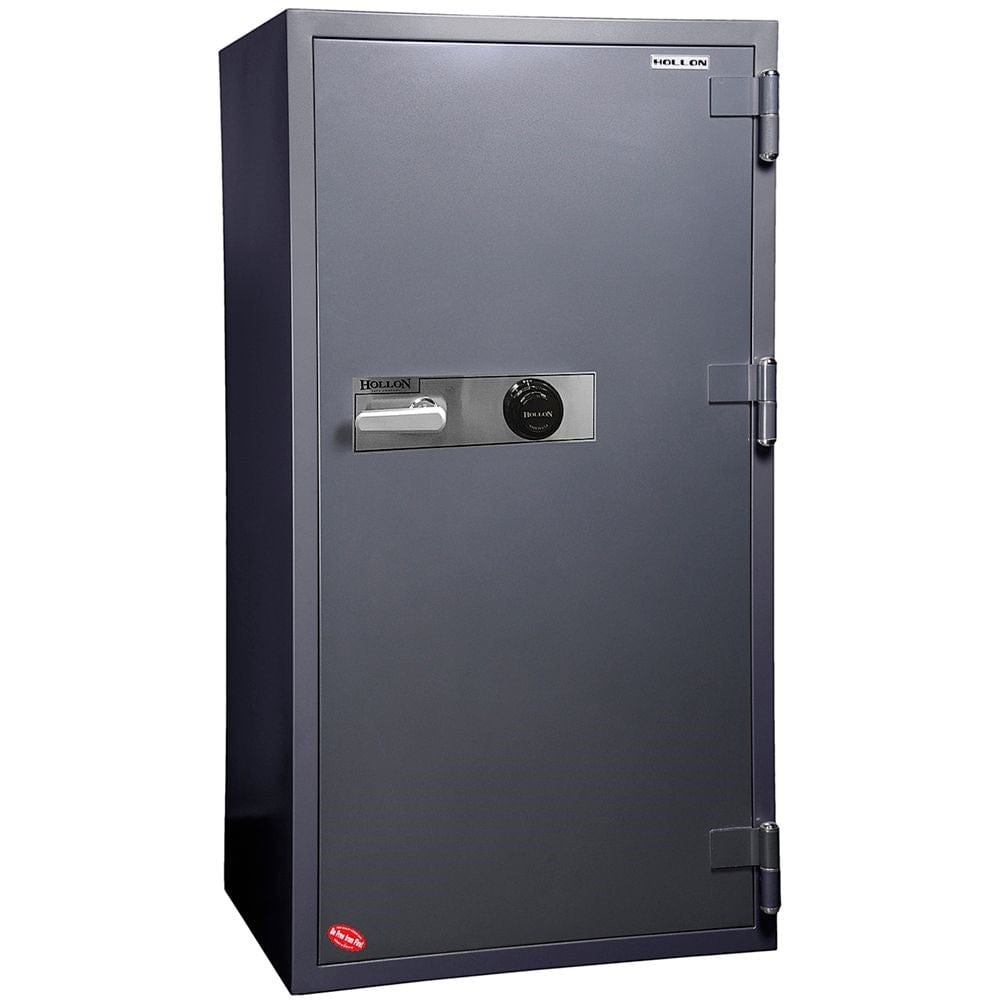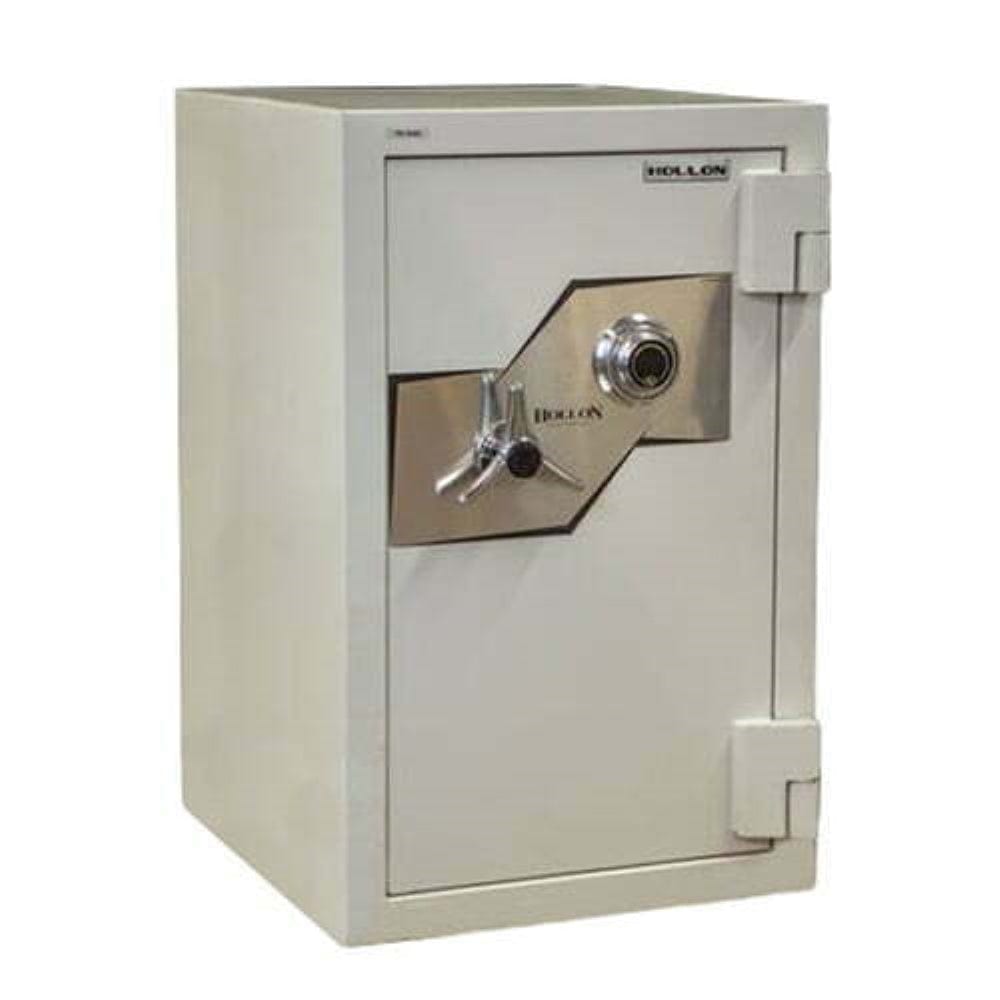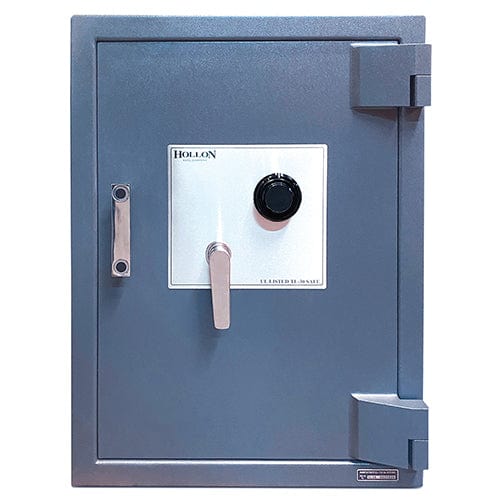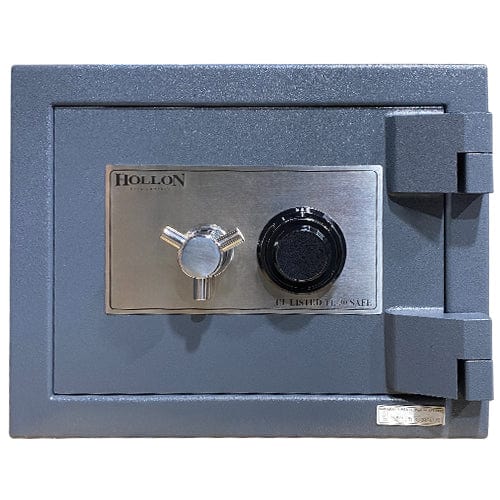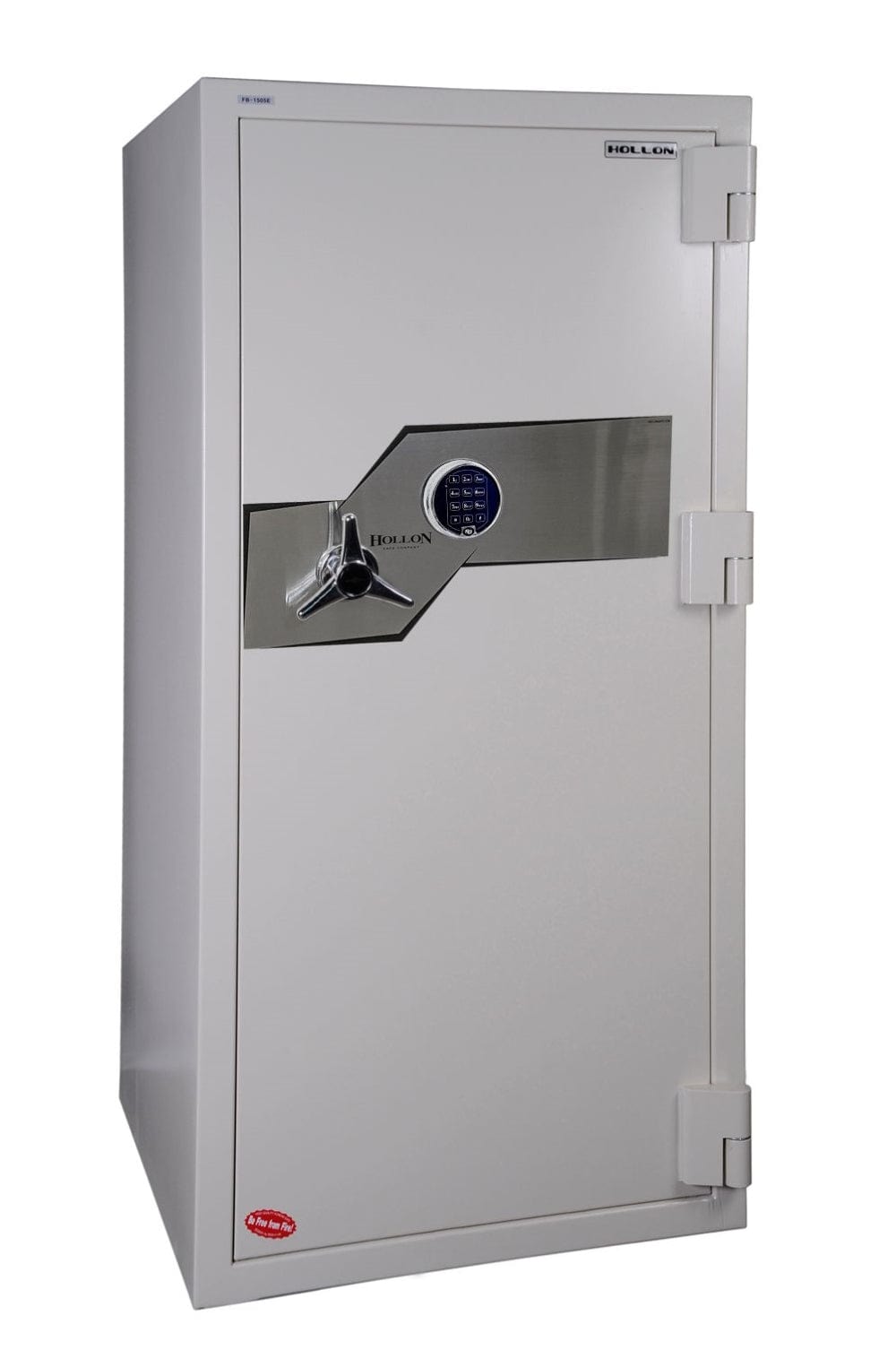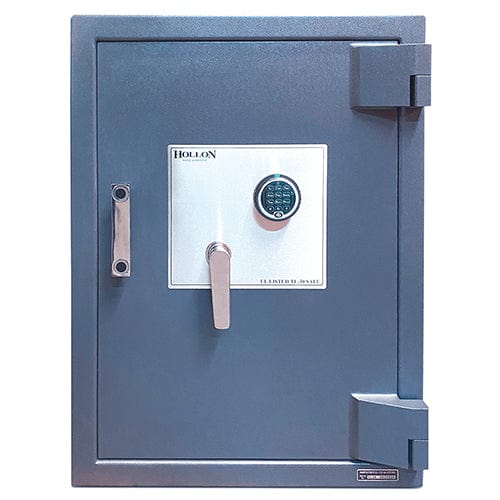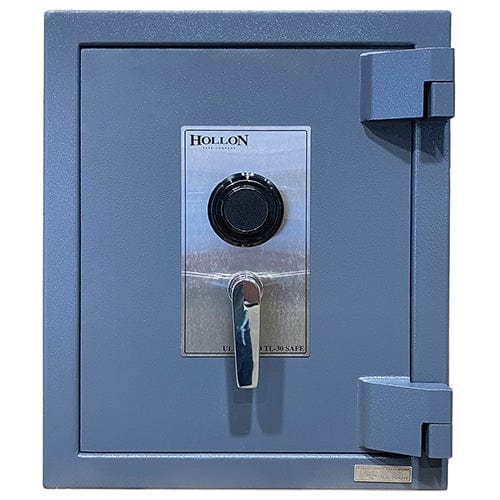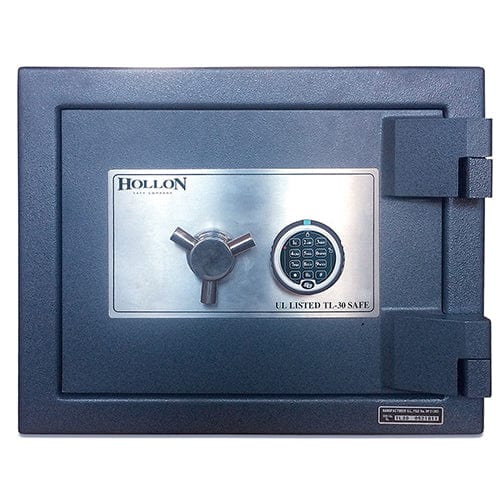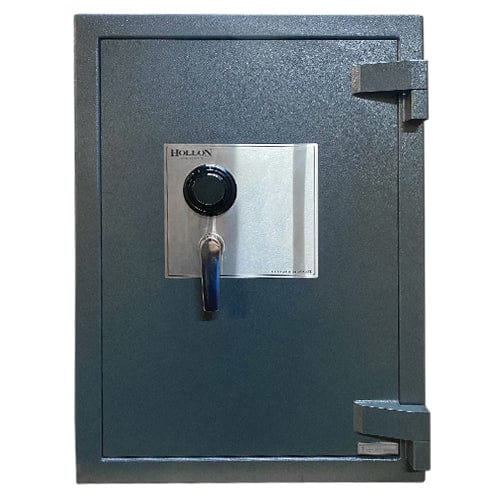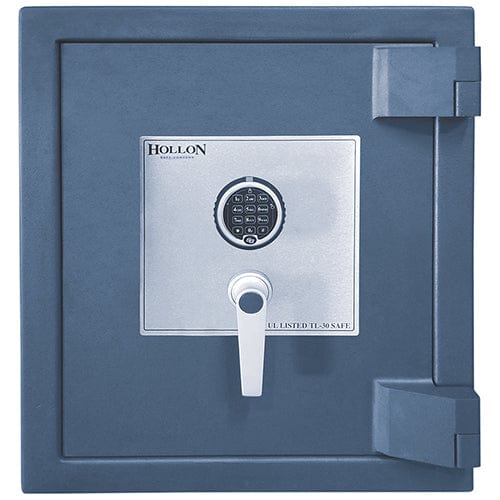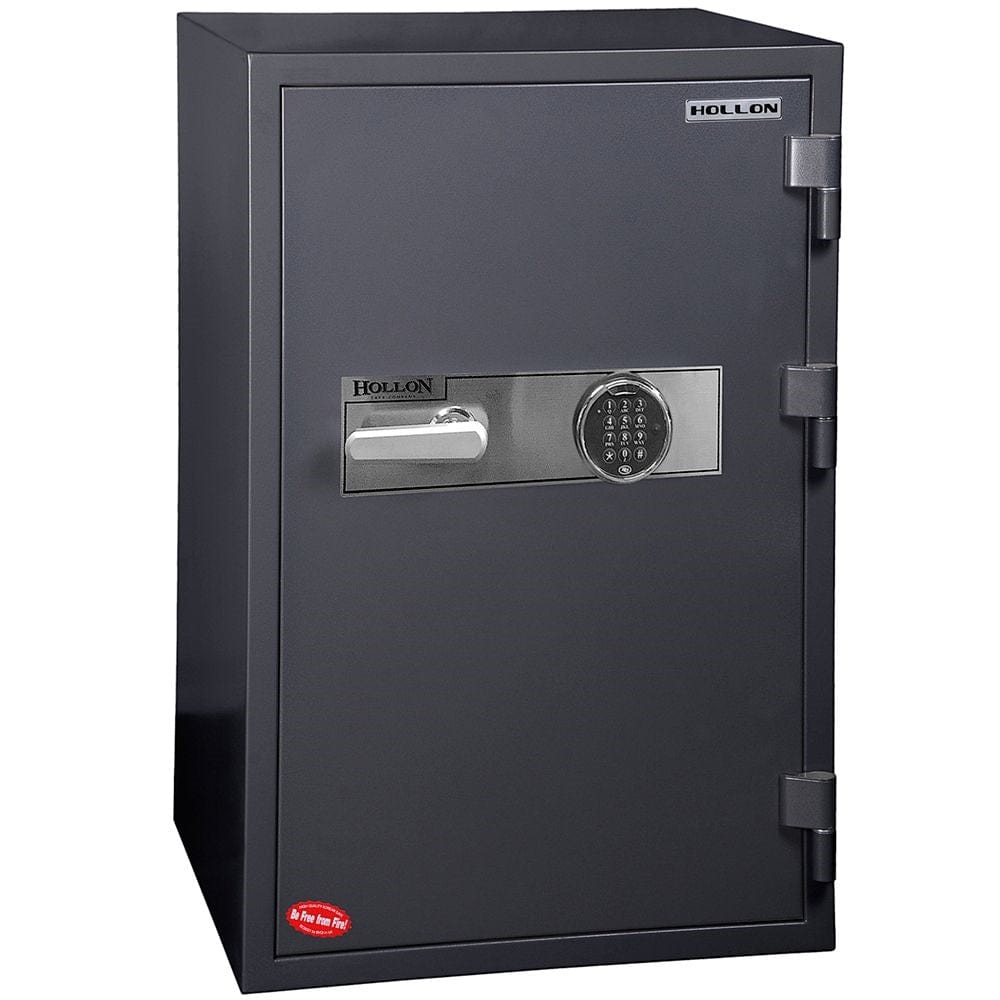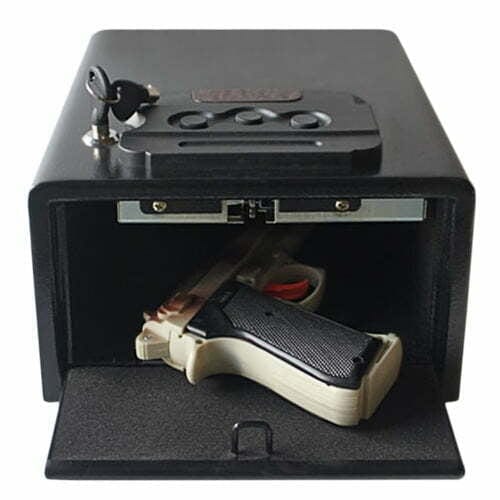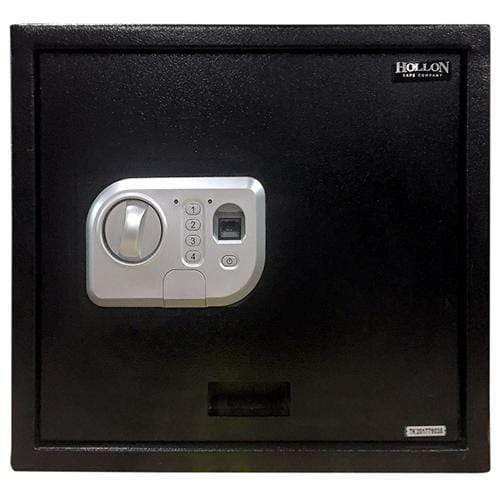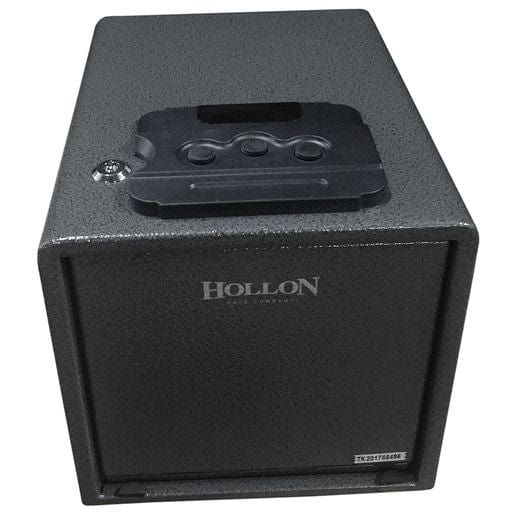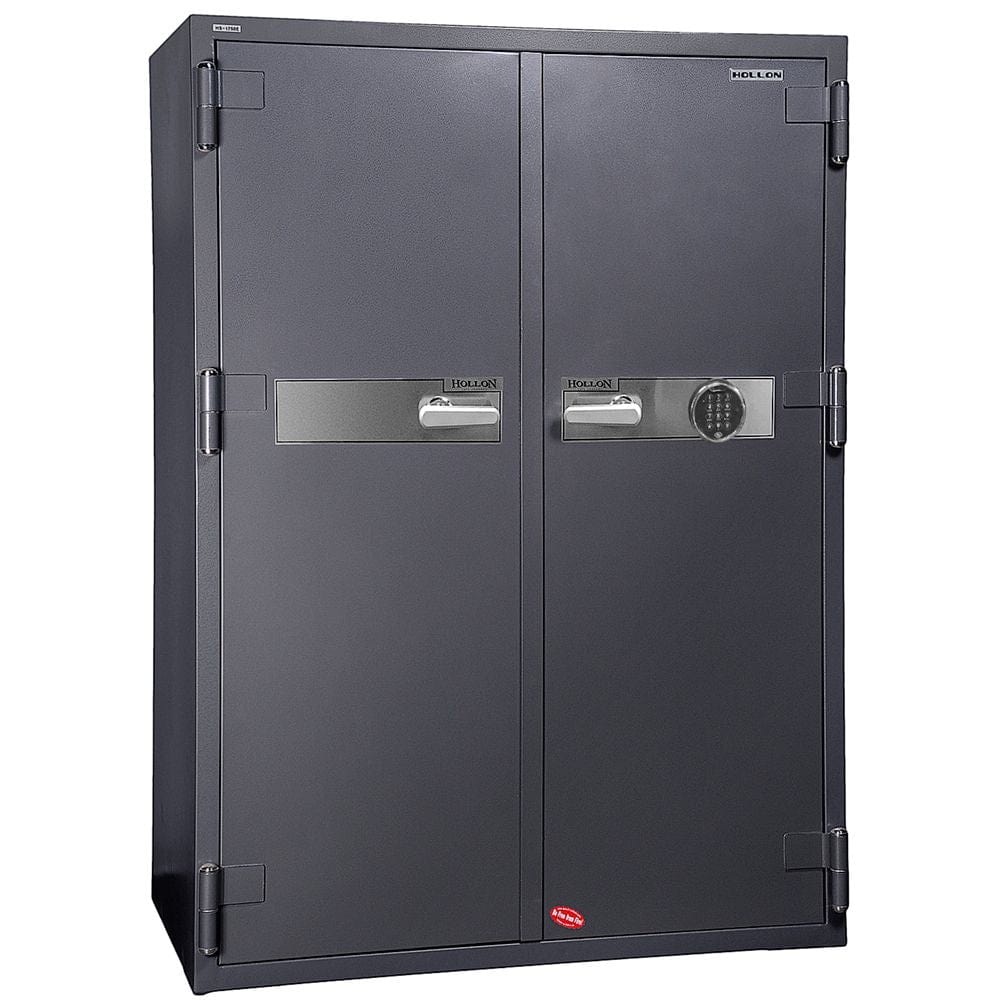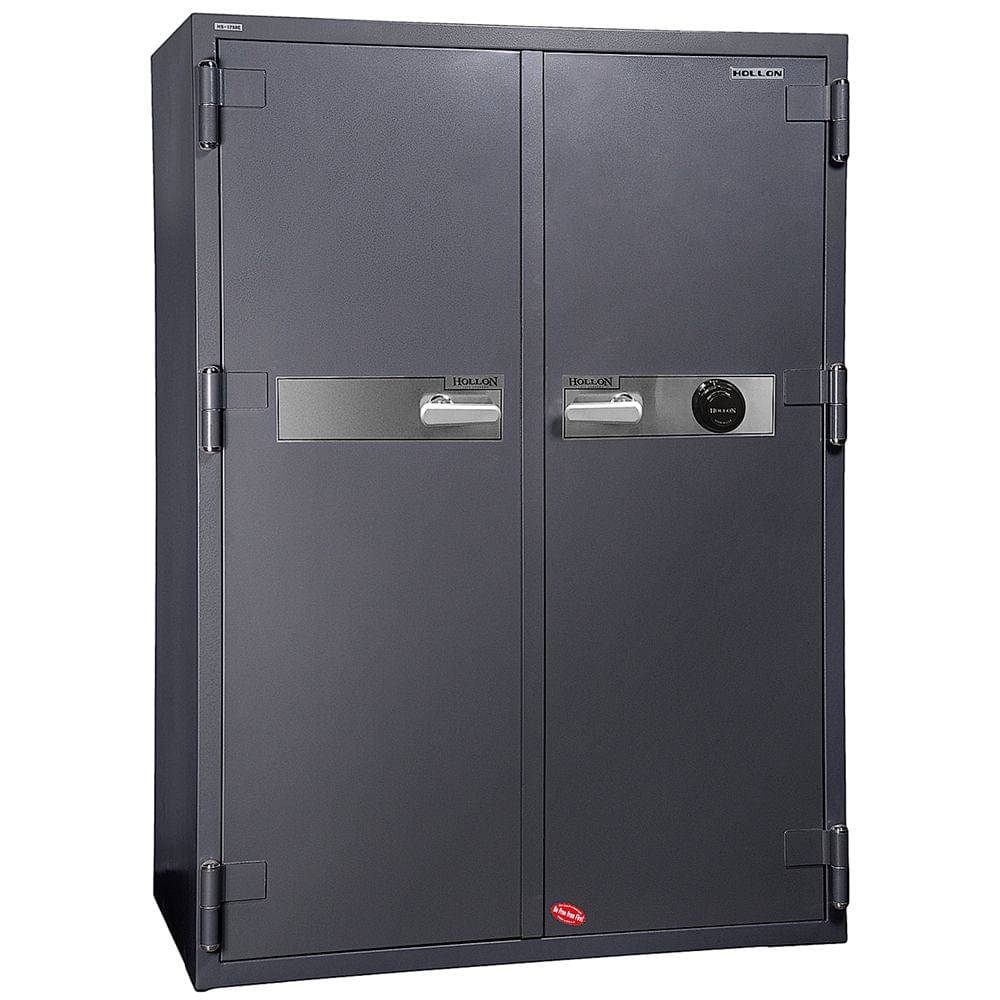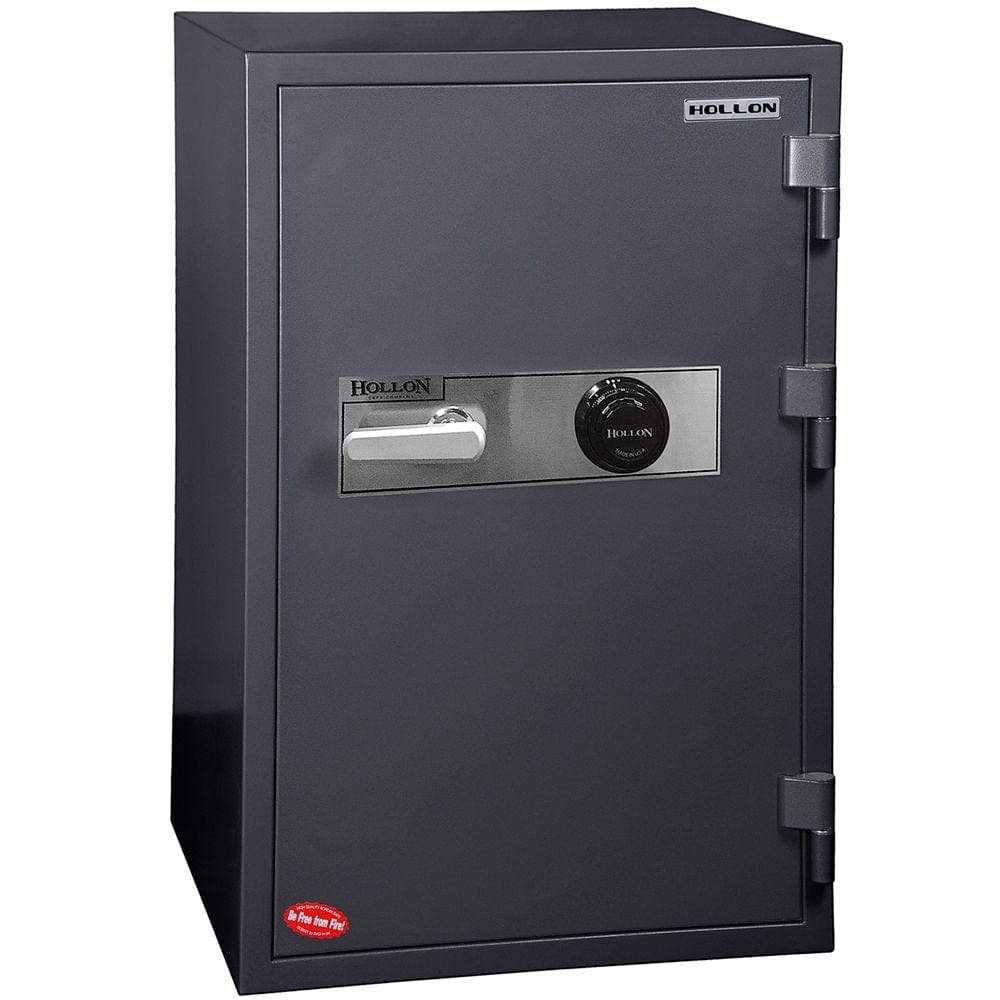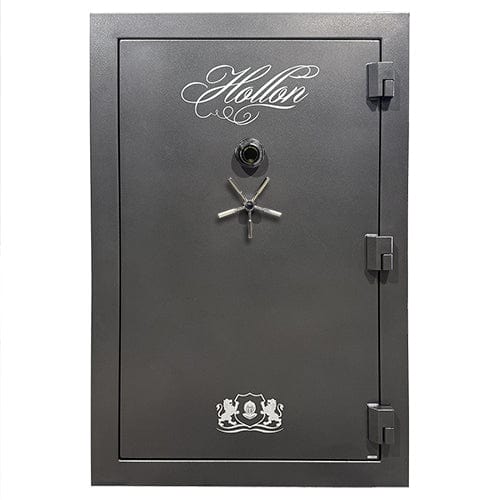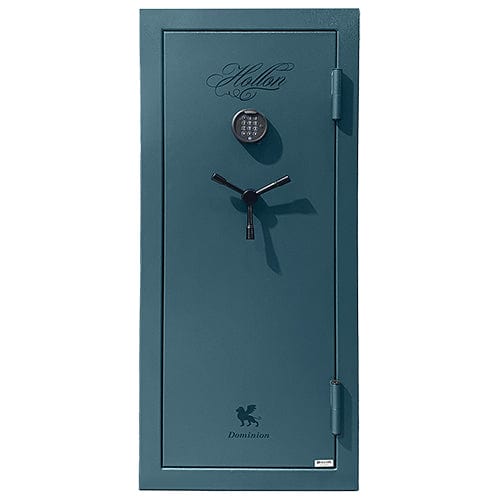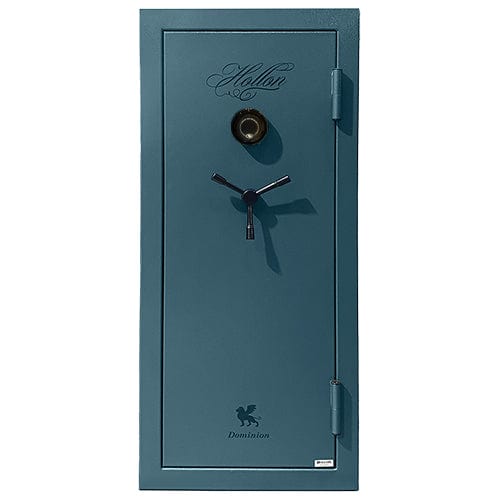I purchased a Vaultek Biometric safe from Armadillo. They kept me apprised on status and were extremely timely and reliable. I plan on using them again in the future and highly recommend them.
I have nothing but positive feedback regarding Armadillo Safes. Safe arrived quickly and without any issue. Best pricing by far.
Got a picture for the new house and it looks great. Easy to install the weapon and easy to hang on the wall.
Excellent product. Set up was easy. I love the accessories that make it good for backpacking, in car, or flight travel. Fits my Glock 48mos and holster with a box of 20 rounds easily. Only complaint the organization tray will not fit with a firearm.
I own the original LifePod Humidor. I finally upgraded to the 2.0 biometric Humidor and glad I did.
Had an issue with the first cabinet and was fixed immediately! Great service and my husband loves his gun cabinet!
Received in perfect condition. Placed in RV closet, fits perfectly.
Love the 2 access (dial and key) to enter the safe.
This safe is like the Dr Who Tardis. It looks small on the outside but holds a lot when you get creative.
I like that the safe has all the features of keypad, biometric, remote opening, physical key, and all the monitoring which gives me the peace of mind that the contents are safe. This specific safe meets my needs of securing my firearms from my young kids while giving me quick access if I ever need it.
I have 4 long guns and 10 pistols with mags and ammo.



